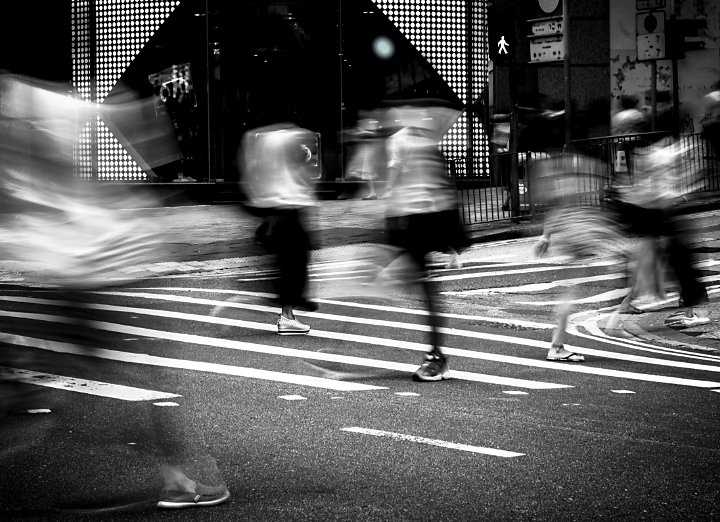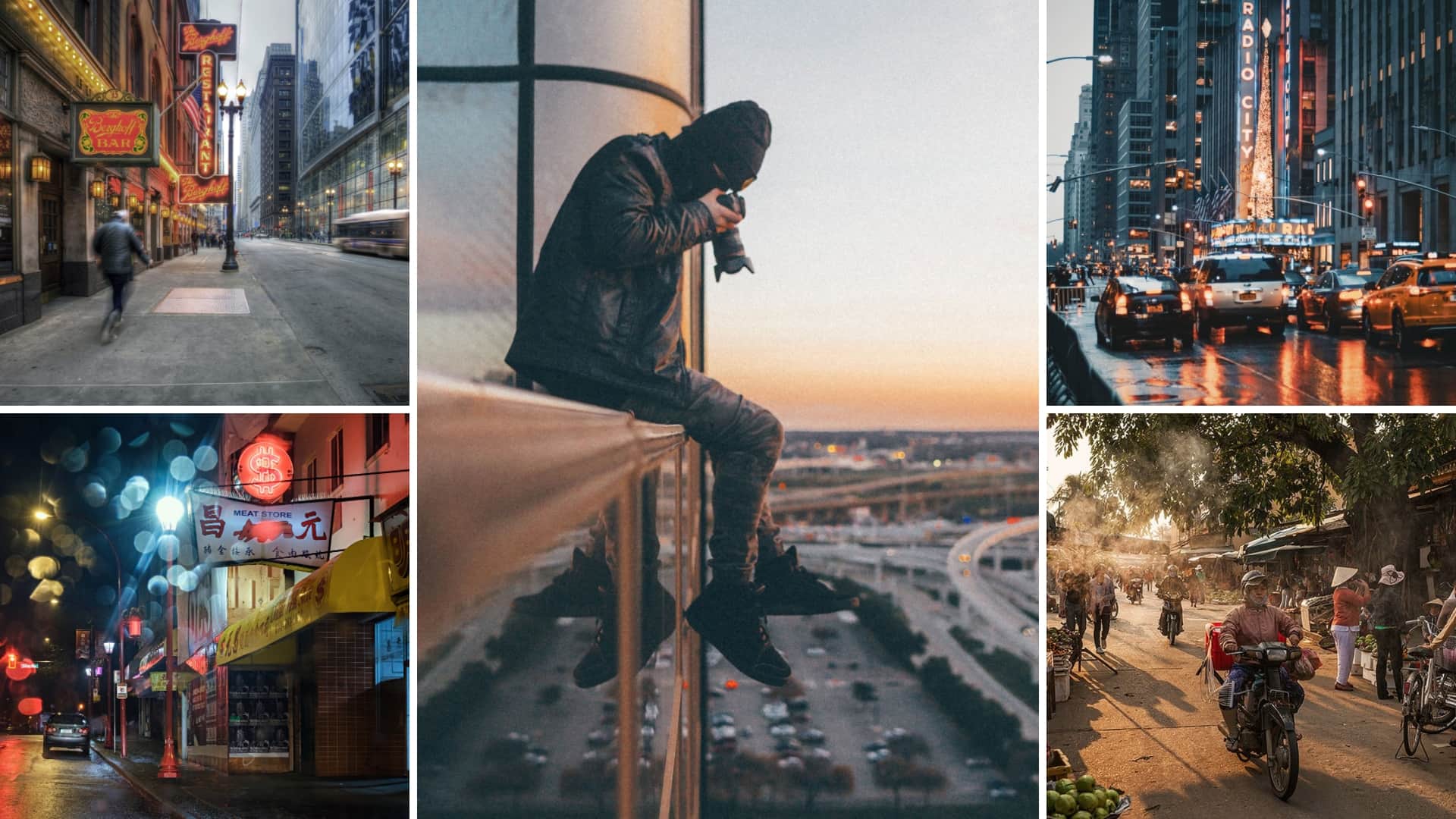Framing Streets Can Be Fun For Anyone
All About Framing Streets
Table of Contents4 Easy Facts About Framing Streets DescribedFraming Streets - TruthsThe Definitive Guide to Framing StreetsThe Of Framing Streets

Both at the Museum of Modern Art (Mo, MA). Inspired by Frank, in the 1960s Garry Winogrand, Lee Friedlander and Joel Meyerowitz started photographing on the streets of New york city. Phil Coomes, creating for BBC News in 2013, stated "For those people interested in street digital photography there are a couple of names that stand apart and one of those is Garry Winogrand"; movie critic Sean O'Hagan, composing in in 2014, stated "In the 1960s and 70s, he defined road digital photography as a perspective as well as a style and it has actually laboured in his shadow since, so conclusive are his photographs of New York." Going back to the UK in 1965 from the United States where he had actually fulfilled Winogrand and adopted road photography, Tony Ray-Jones transformed a wry eye on usually unique groupings of British individuals on their holidays or joining celebrations.
Road digital photography is a substantial genre that can be specified in several ways, however it is often defined by the spontaneous capturing of an unrepeatable, short lived moment, often of the day-to-day going-ons of unfamiliar people. It is classically shot with broader angle lenses (e. g. 35mm) and typically includes city environments.
The Definitive Guide for Framing Streets
Documentary digital photographers typically have a specified, conscious message and an intent to tape particular occasions in background (https://fl-miami.cataloxy.us/firms/framingstreets.com.htm). The range of the docudrama technique encompasses elements of journalism, art, education, sociology and background. In social investigation, docudrama images are frequently planned to provoke, or to highlight the requirement for, societal change
Street photography is normally viewed as unposed and honest, but there are a few street professional photographers that engage with complete strangers on the roads and take their portraits. Street pictures are unplanned portraits taken of complete strangers while out doing road photography, however they are viewed as positioned since there is interaction with the subject.
e. 'honest photography' by meaning) for great art objectives has been questionable. Photographing individuals and places in public is legal in a lot of nations securing freedom of expression and journalistic flexibility. There are typically restrictions on how images of people might be used and most countries have particular legislations pertaining to individuals's personal privacy.
What Does Framing Streets Mean?
While the common-law districts adhere to the United Kingdom, with respect to the liberty to take pictures in a public area, Quebec legislation offers that, in most circumstances, their magazine can occur just with the authorization of the subjects therein. The European Union's Civil rights Act 1998, which all EU countries need to maintain in their domestic legislation, establishes in a right to privacy. The right to personal privacy is protected by Article 8 of the convention. In the context of photography, it stands at chances to the Article 10 Of flexibility of expression. As such, courts will typically consider the public interest in balancing the rights via the legal examination of symmetry. While likewise restricting digital photography in order to secure privacy legal rights, road photography can still be lawful in France when sought as an art kind under specific situations.

. who just strayed into a scene), or who are not even identifiable in the picture. https://www.cheaperseeker.com/u/framingstreets1. It also does not typically encompass people who are public figures (e. g - photography presets. political leaders or celebs). If an image is taken into consideration art, the courts will likewise take into consideration the professional photographer's liberty of artistic expression; indicating that "artistic" road photography can still be legitimately published in specific situations
Some Known Incorrect Statements About Framing Streets
Photographing the authorities and publishing the photographs is additionally lawful.
In Hungary, from 15 March 2014 anybody taking pictures is practically damaging the legislation if someone wanders right into shot, under a new civil code that outlaws taking images without the consent of everyone in the picture - photography presets. This expands the law on grant include the taking of photographs, in addition to their publication
'Concealed photography' (kakushidori hidden, surreptitious digital photography) 'stolen photography' (nusumitori without any intention of getting authorization) and "rapid photography' (hayayori prior to consent and rejection can be offered) are prohibited unless in the former approval is obtained from the subject quickly after taking the photo. People have legal rights to their pictures (shzken, droit de picture).